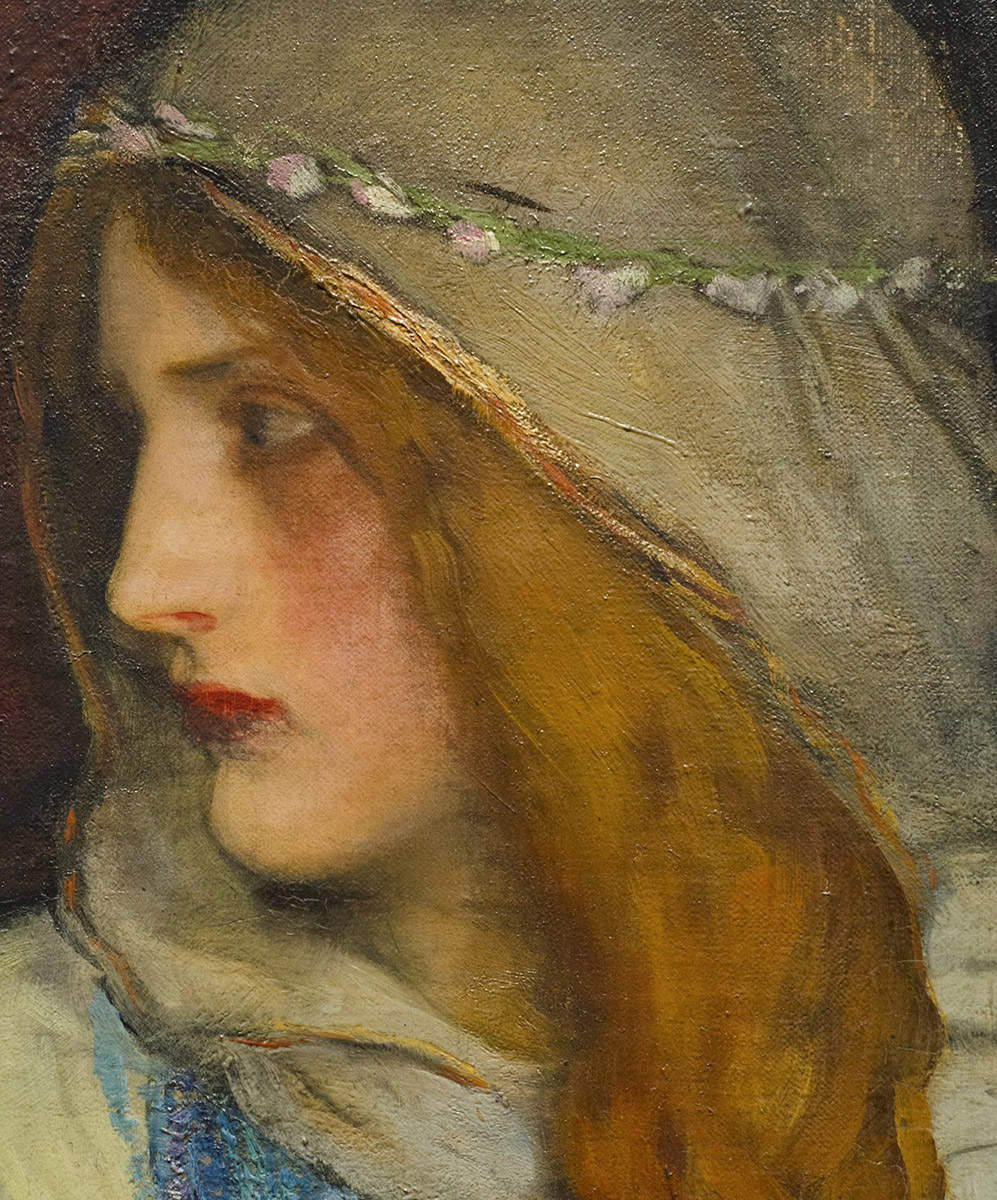
Journey to the Met
Friday, February 7th, 2014
I live in Arizona. It means that I have great winters, beautiful sunsets, the best citrus, tasty Mexican food and lots of beautiful landscapes. What I don’t have, is a museum anything like the Met. I love the variety and vast range of the collection, from ancient Babylon to Eric Clapton’s guitar, there is something for everyone. For me, the painting and sculptures call to me from across North America.
I usually have to drive to L.A. or San Francisco to catch a good show, or even Springville, Utah (I will post more in the future on this somewhat unknown little treasure). For all that Arizona has to offer, it sometimes feels like a cultural desert, at least for my tastes.
I took many pictures during my visit (another reason I love the Met, they allow photography!), and I will use them in upcoming posts, but for now, I will show just a few. Some of the images are really large, so if you want to see the detail, download them or load them full screen.
Jean Baptiste Greuze – Study Head of a Woman
I have loved this painting for a long time. It has an immediacy and emotion that I find compelling. Look at the thin paint letting the warmth of the canvas show through in places. I love the quick brushwork, delicate paint layers, and simple palette.
Look at how the fabric on her head switches from opaque to transparent. The small wisps of paint are so convincing in conveying the barely there transparent cloth. The drama of the light and dark shapes combined with her expression and posture create an intriguing and beautiful piece.
Guido Reni – Charity
There isn’t a Guido Reni that I don’t love. From powerful Centaurs and Saints, to this beautiful painting of Charity. Reni’s work has a elegance that many of his contemporaries lack. He drew with the flowing lines of Rubens, but the beauty of Raphael. I am also really inspired by the stylization of the flesh tones.
Look through Reni’s oeuvre and you will see flesh ranging from pale porcelain to ruddy and sun weathered.
The highlights of this piece for me are the beautiful hand of the woman and her absolutely stunning face. So beautiful.
Charles Bargue – A Bashi-Bazouk
You are probably familiar with the Charles Bargue drawing plates that have seen a resurgence of use in schools these days, but you might not have seen as many of his paintings.
This pieces isn’t particularly large, just 13″ x 18″ but it has the detail of a painting four times this size. A contemporary of Jean-Leon Gerome, he painting some Orientalist images as well. I actually find his work more appealing than Gerome’s. I think the surface is more interesting and the colors have a greater vitality. The foot in the foreground… are you kidding me.
It is a gorgeous miniature exhibition of skill.
The big toe.
LOOK AT THE TOE!
William Bouguereau – Breton Brother and Sister
Speaking of feet, Bouguereau always brings it.
This painting isn’t one of my favorite artistically, and it is suffering from some real cracking on the surface, but it is still painting with such a high degree of skill that it has much to give.
William Bouguereau – Nymphs and Satyr
On loan from the Clark Institute until April of this year, this painting is what lured me from Arizona to New York in January. I knew I had to get out there to see it while it was still on loan. Much has been written about this painting and I don’t know that I can add much really.
I will say that the woman on the right, looking at Satyr, is one of the finest renderings I have ever seen. Her face is only lit by reflected light, but it has remarkable fullness and solidity.
The hand of the foreground nymph pressing into the arm of Satyr and the flesh underneath it is so convincing.
The hand on the back of Satyr’s neck looks like sculpture it is so solid.
The movement and interaction of the figures is so well done that it feels effortless.
Edwin Austin Abbey – King Lear: Cordelia’s Farewell
I went for the Bouguereau, but I left with the Abbey. As much as I admire Bouguereau’s skill, I am more moved by Abbey’s artistry. He is right there at the top with Waterhouse for me. The surface of this painting is so interesting, packed with a variety of texture, brush and knife work. Portions become abstract when up close, but other areas are wonderfully detailed. The transitions from flesh to fabric, metal and wood… you have to see it in person. When I was attending BYU, Yale sent much of their Abbey collection to the BYU Museum of Art and I fell in love with his work then. Seeing his work again, with a few more years of experience left me no less amazed.
I love the two villainous sisters, Gonoril and Regan, on the left hand of the painting. Gonoril, in black, described by Shakespeare as a viper, points two of her fingers towards Cordelia like snake fangs.
The condescending look from the Regan in red as she gives a stiff curtsey is infuriating… and perfect.
I love the flush of anger in the cheek of Cordelia and the beautiful of the robes of Goneril’s husband, the Duke of Albany.
He bends over, kissing Cordelia’s hand, his face as mask of respect and innocence hiding his role.
On the right we see poor old Lear being led away by his Fool and steward. Even the dog hangs his head low in despair. Abbey was a master storyteller. Whenever I hear anyone cast aspersions towards illustrators/illustration, I can’t help but think of Abbey. Please. Paint like this and then let’s talk.
Of course the photos are just a shadow of the real thing. To really be consumed, you need to see them in person. If you haven’t been to the Met, go. If you have, I hope this reminds you of the greatness there, and if you live in Manhattan and get to go often… well, I am terribly jealous.
Two weeks from now I will have a book review of David McCullough’s The Greater Journey. I was able to photograph several of the works discussed in the book while in NY. If you want to read along over the next two weeks, please do and then join in the discussion!



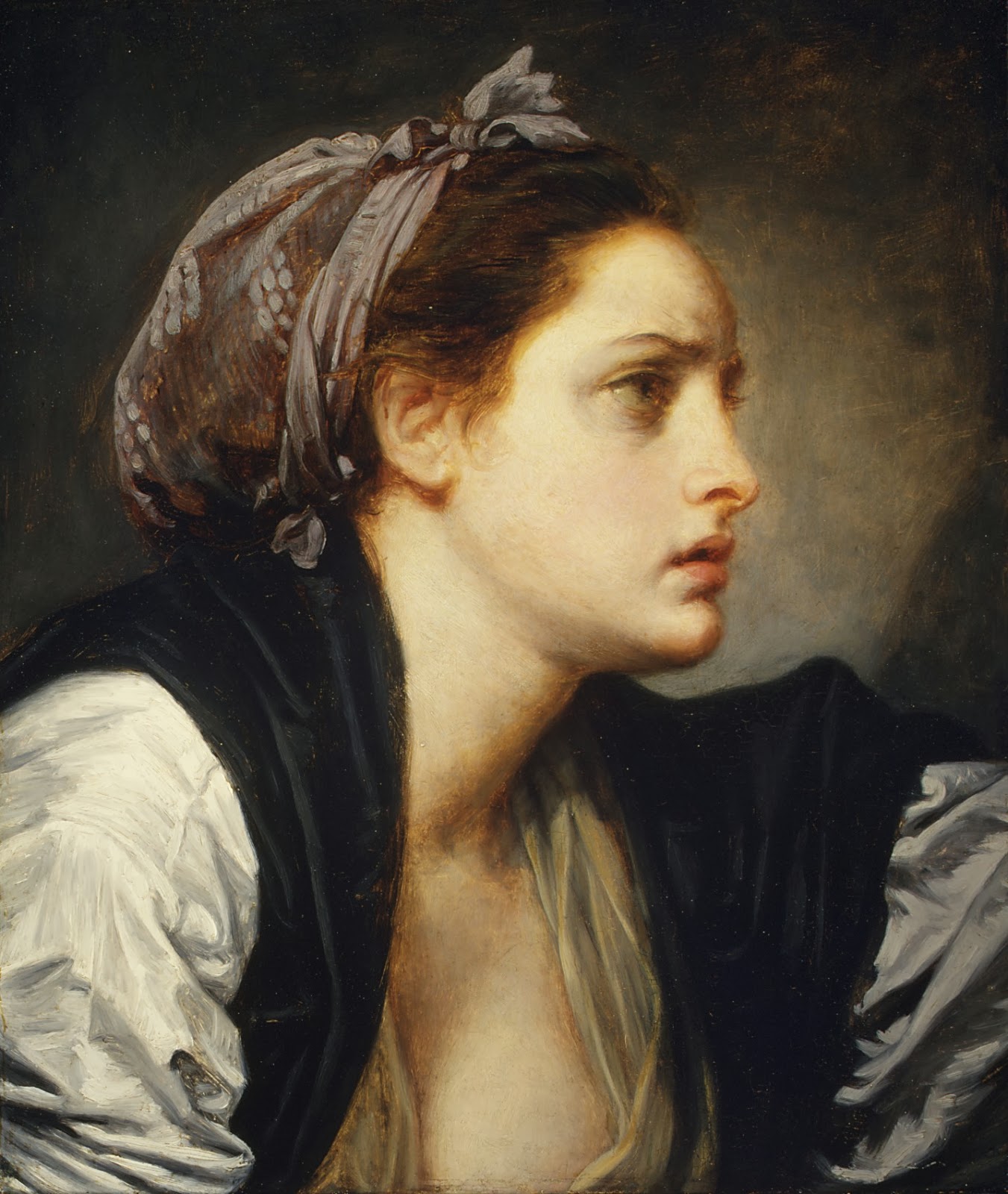
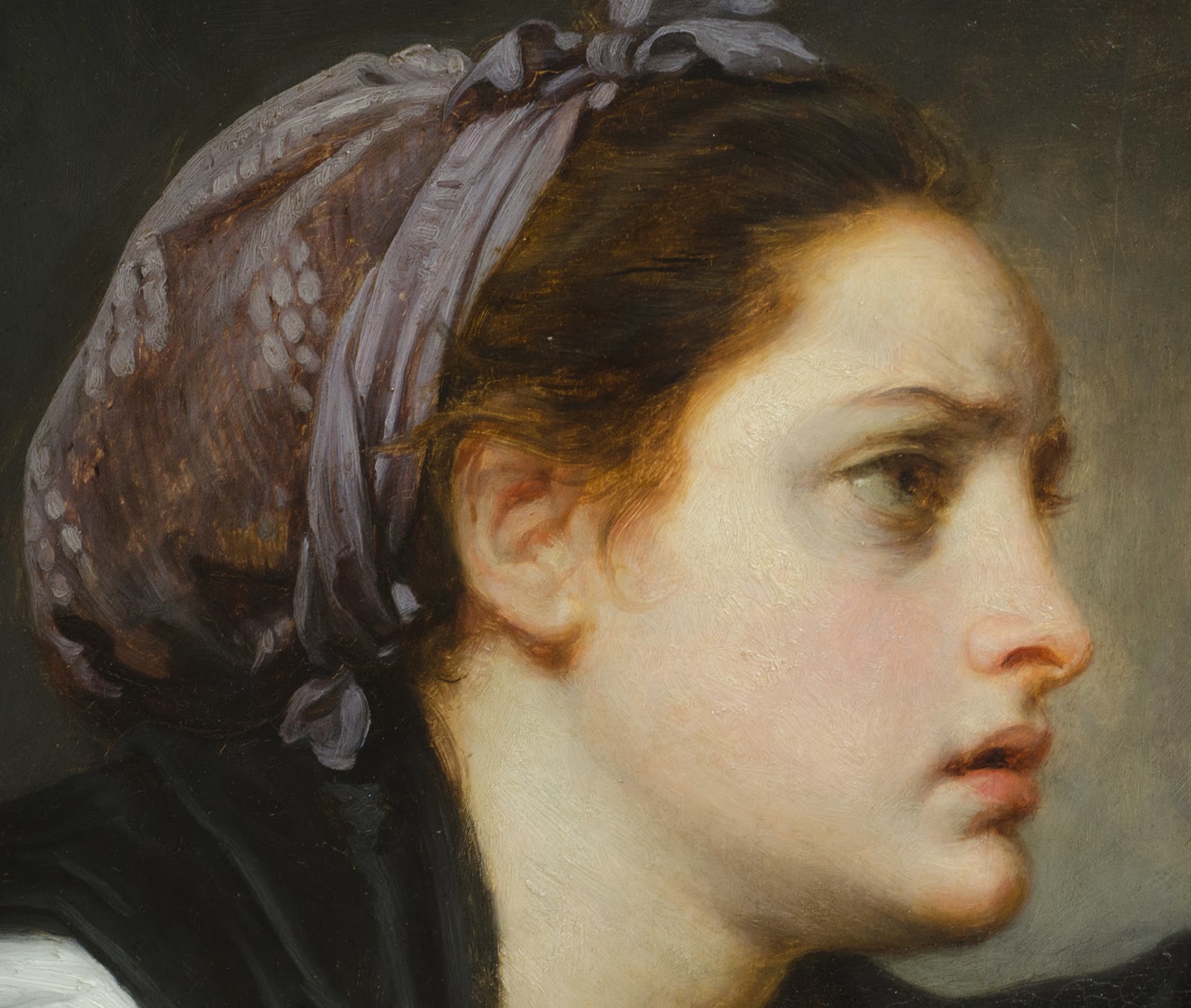
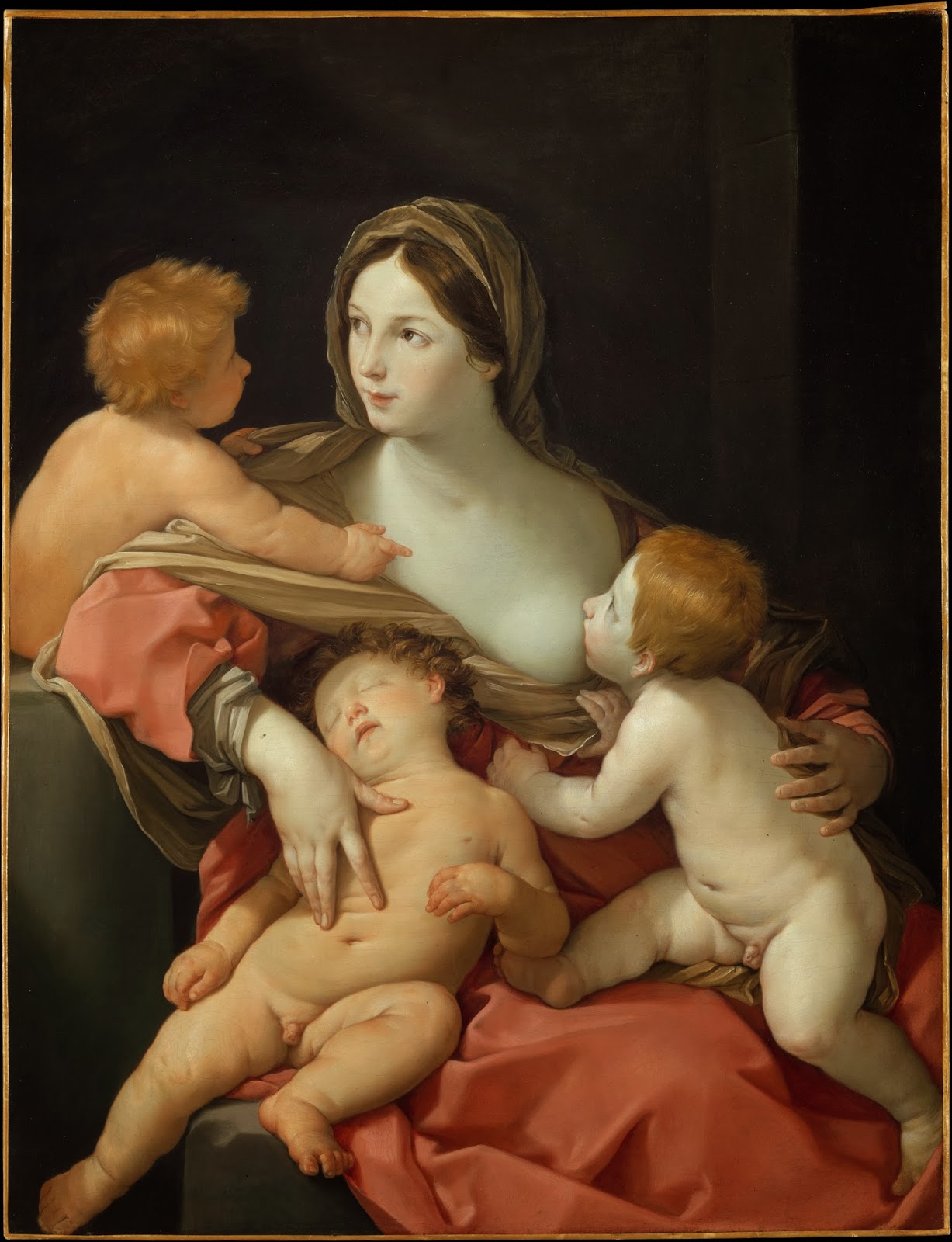
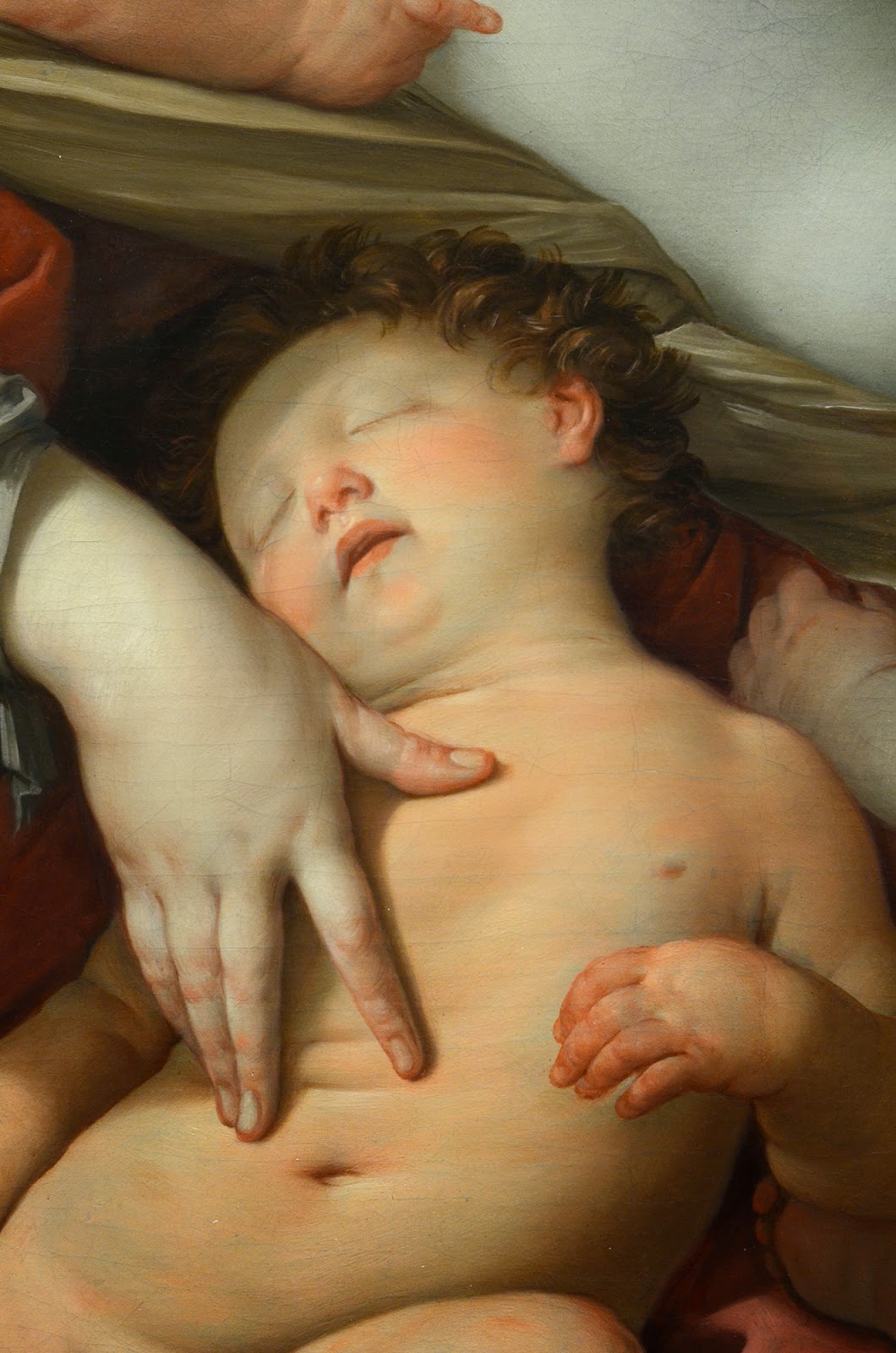
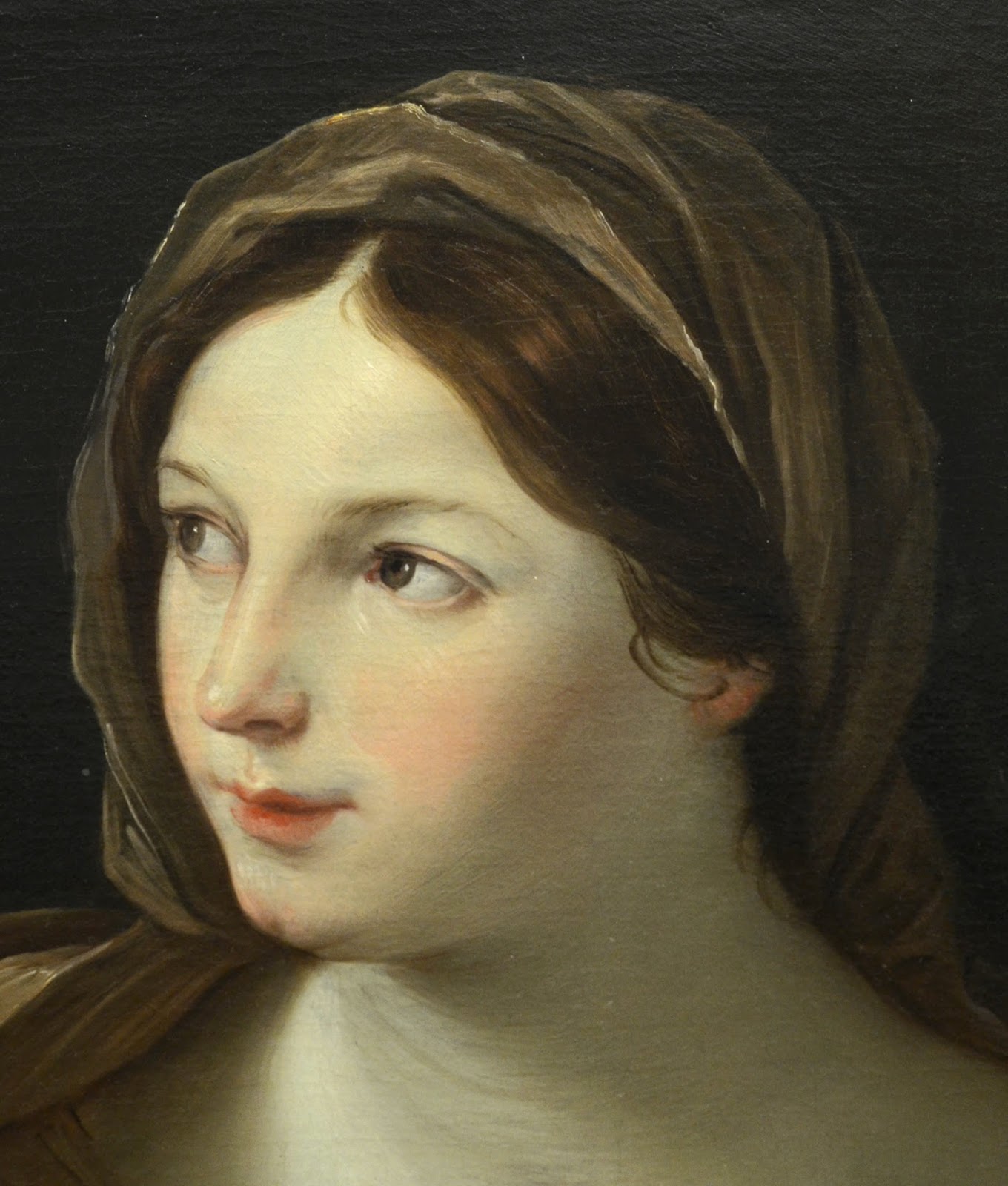


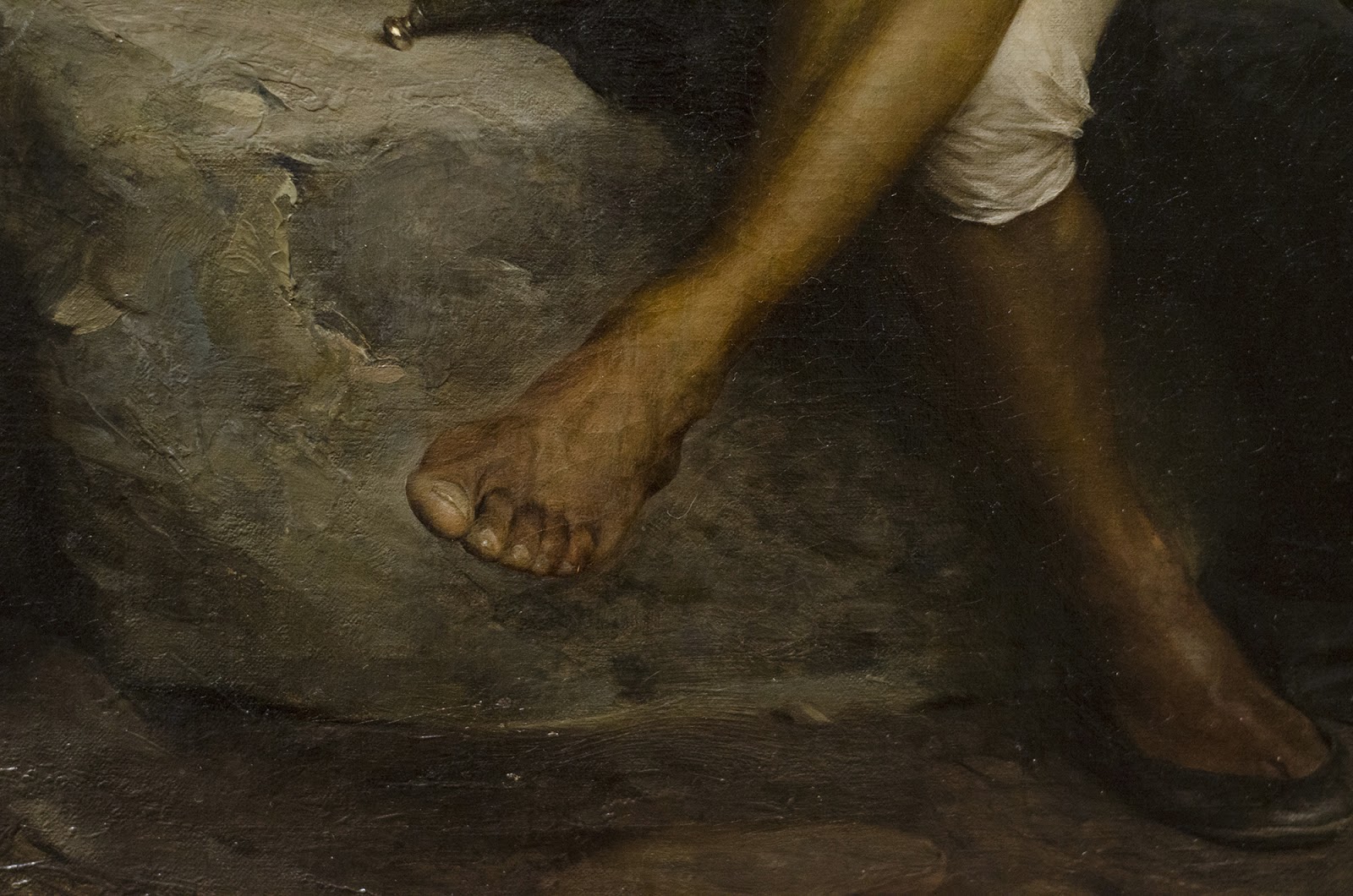
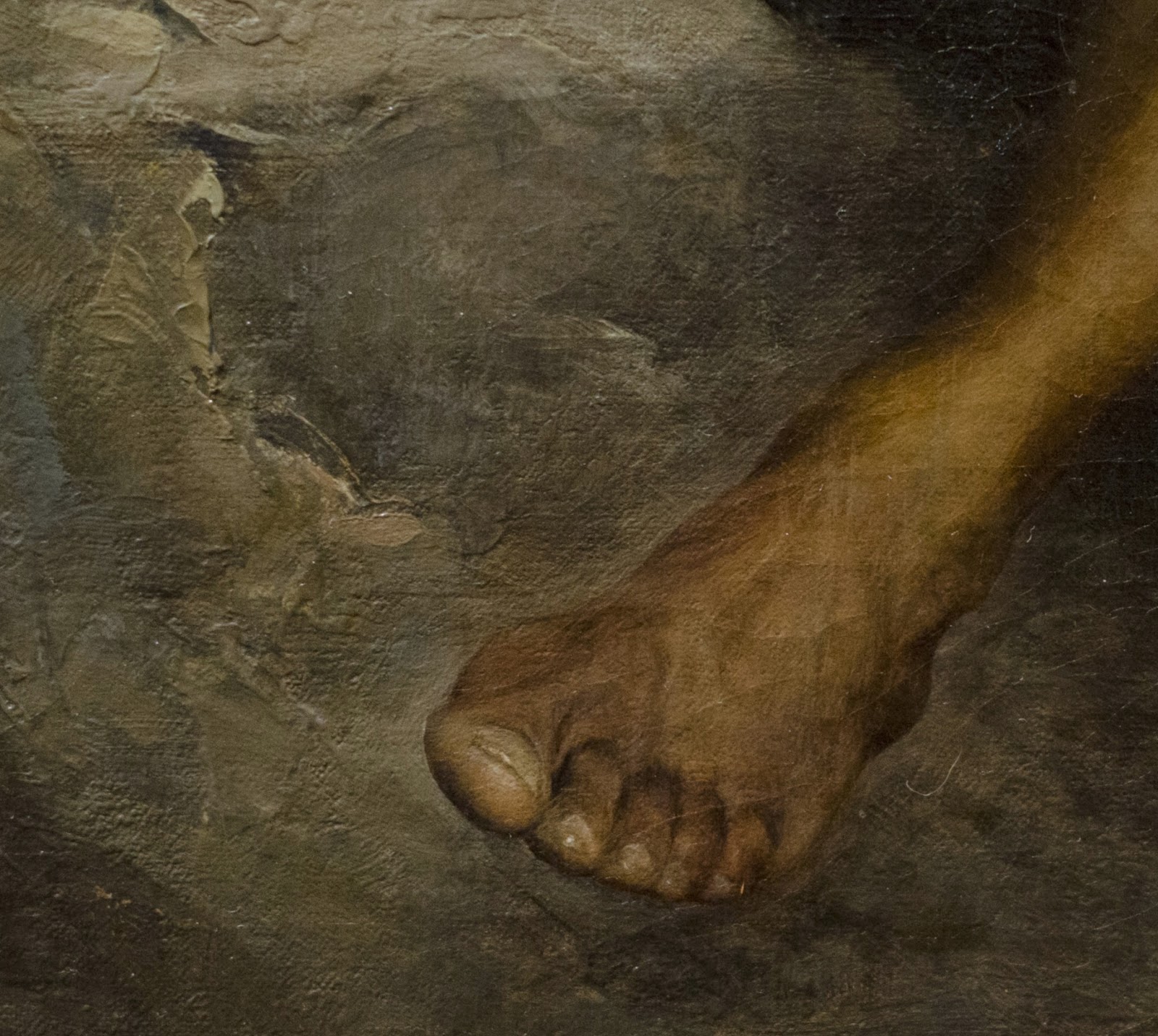
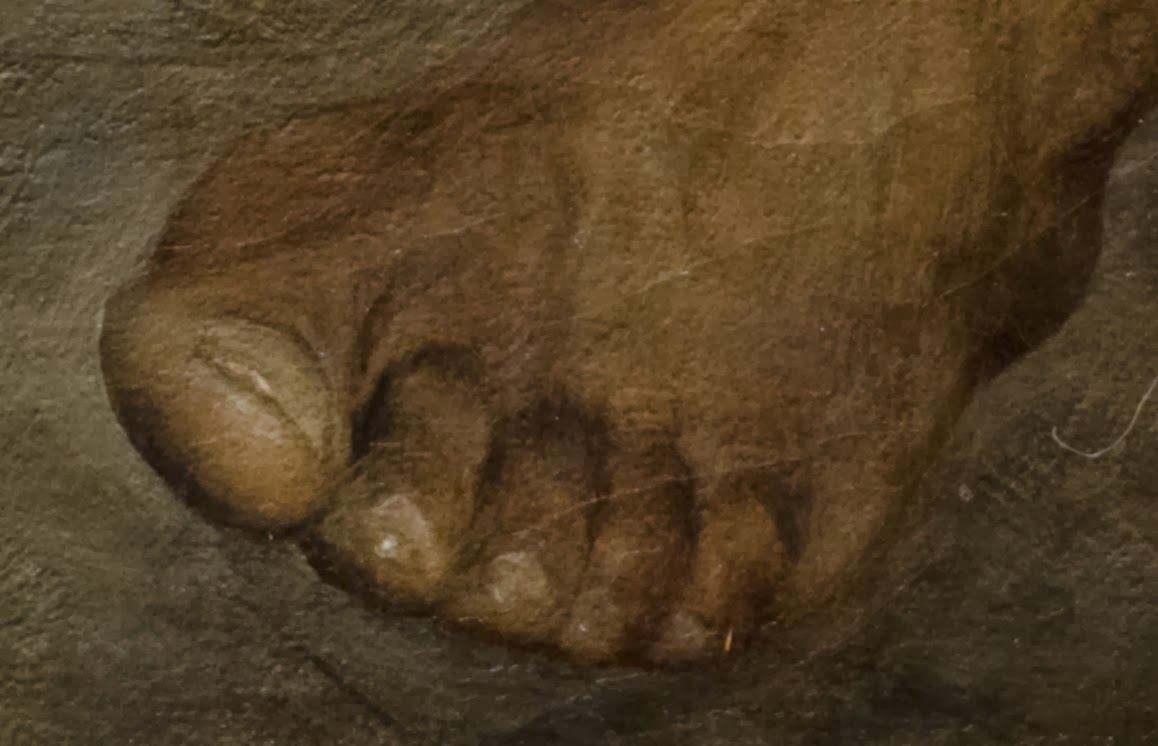
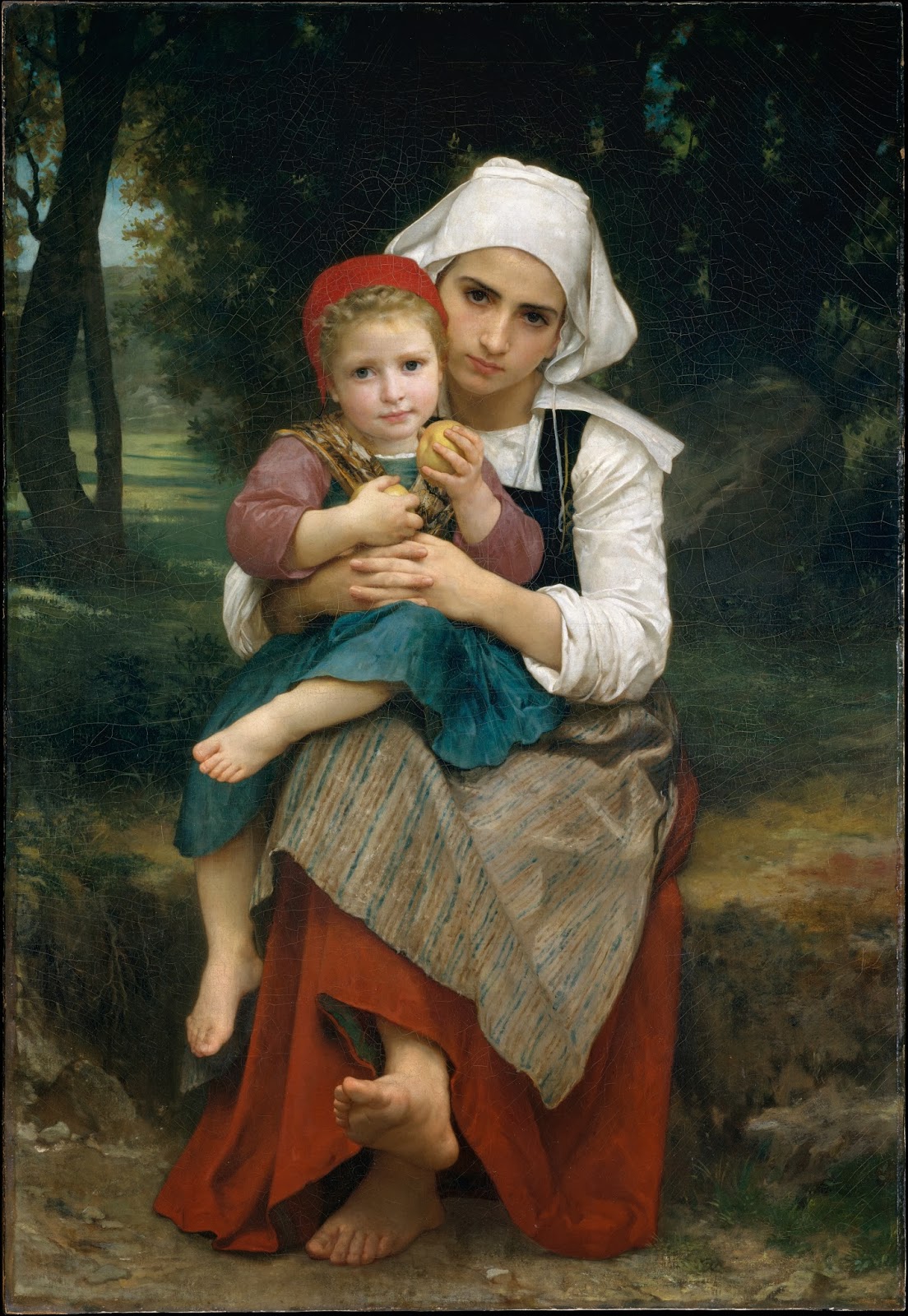

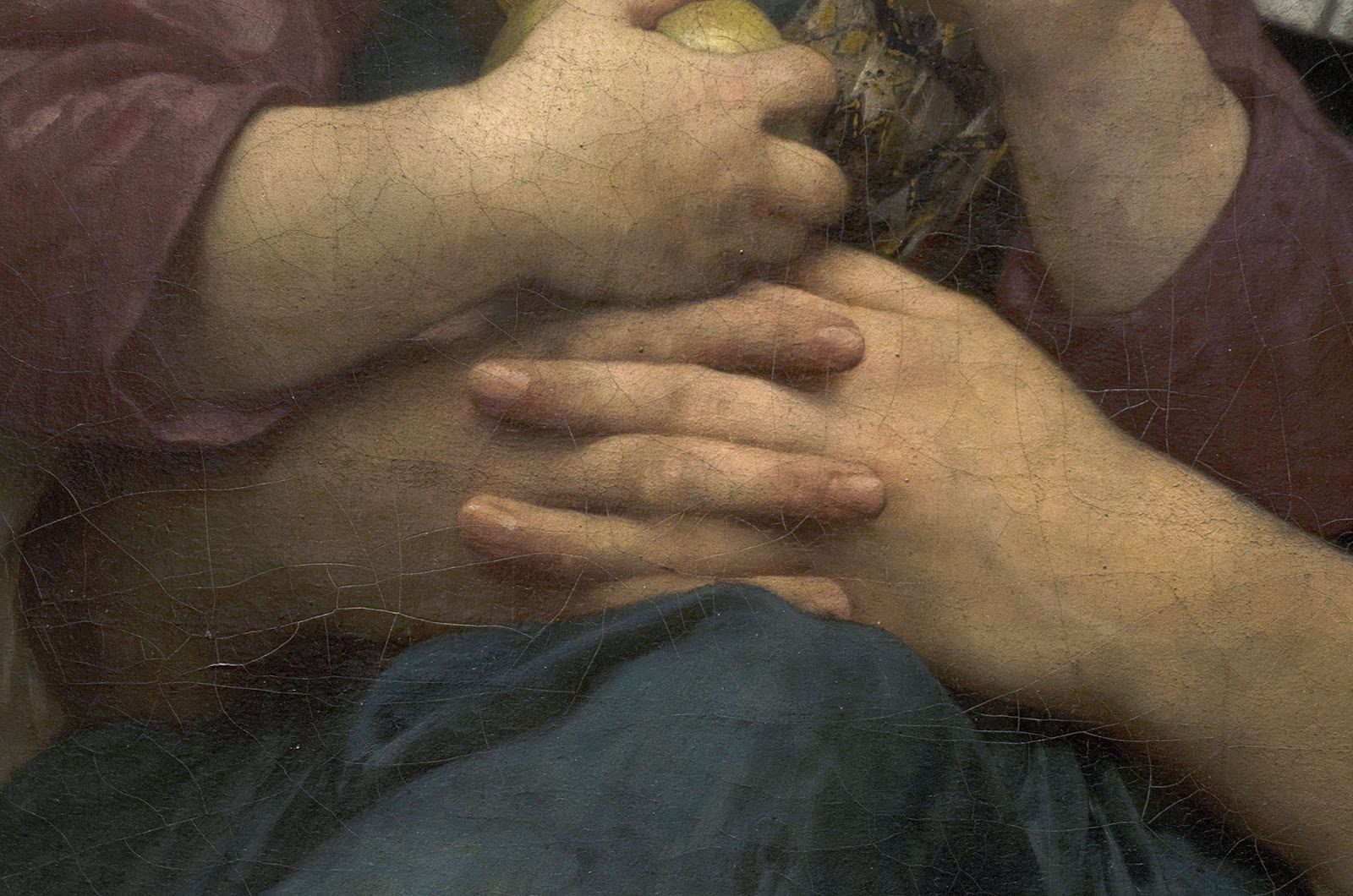
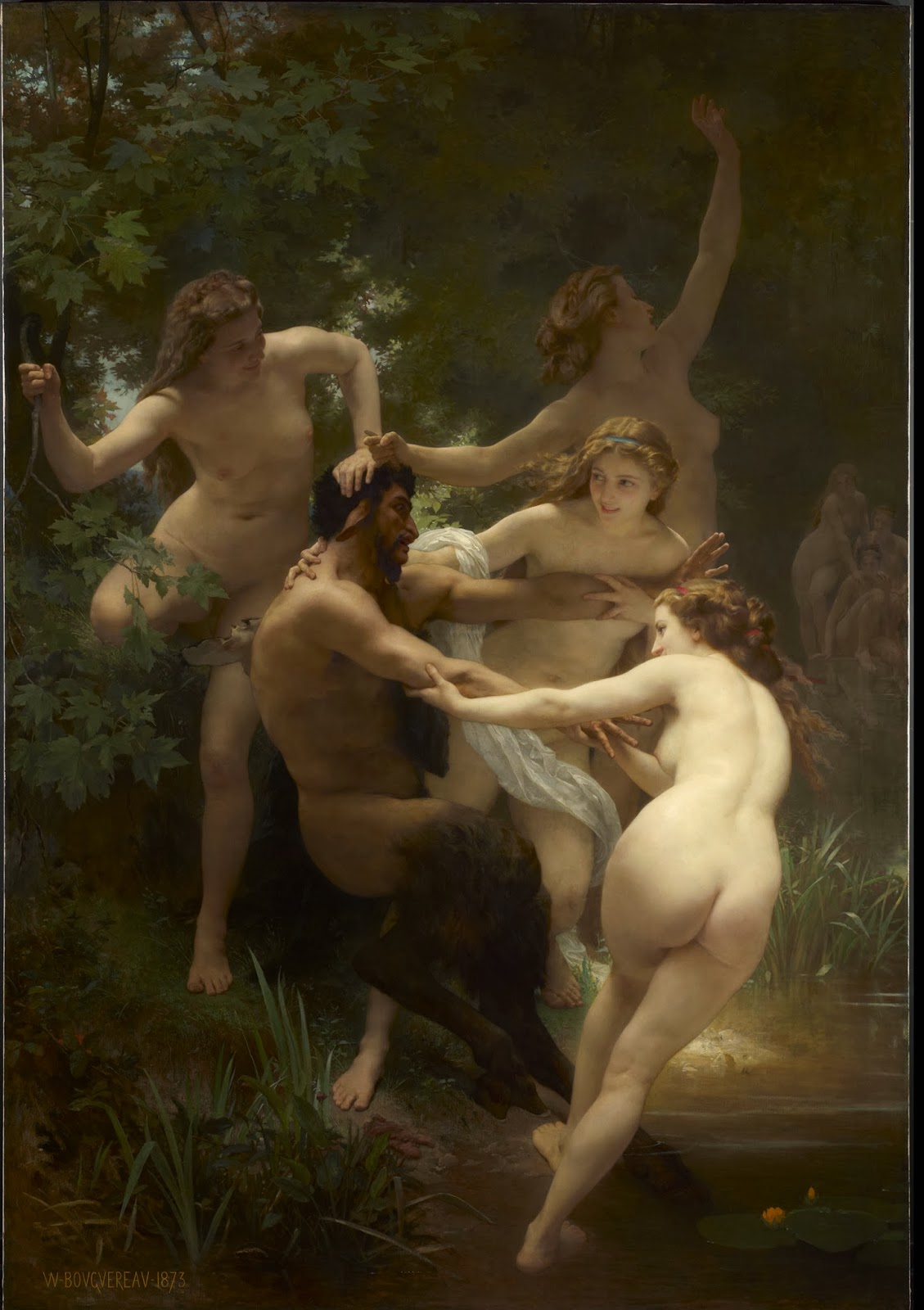
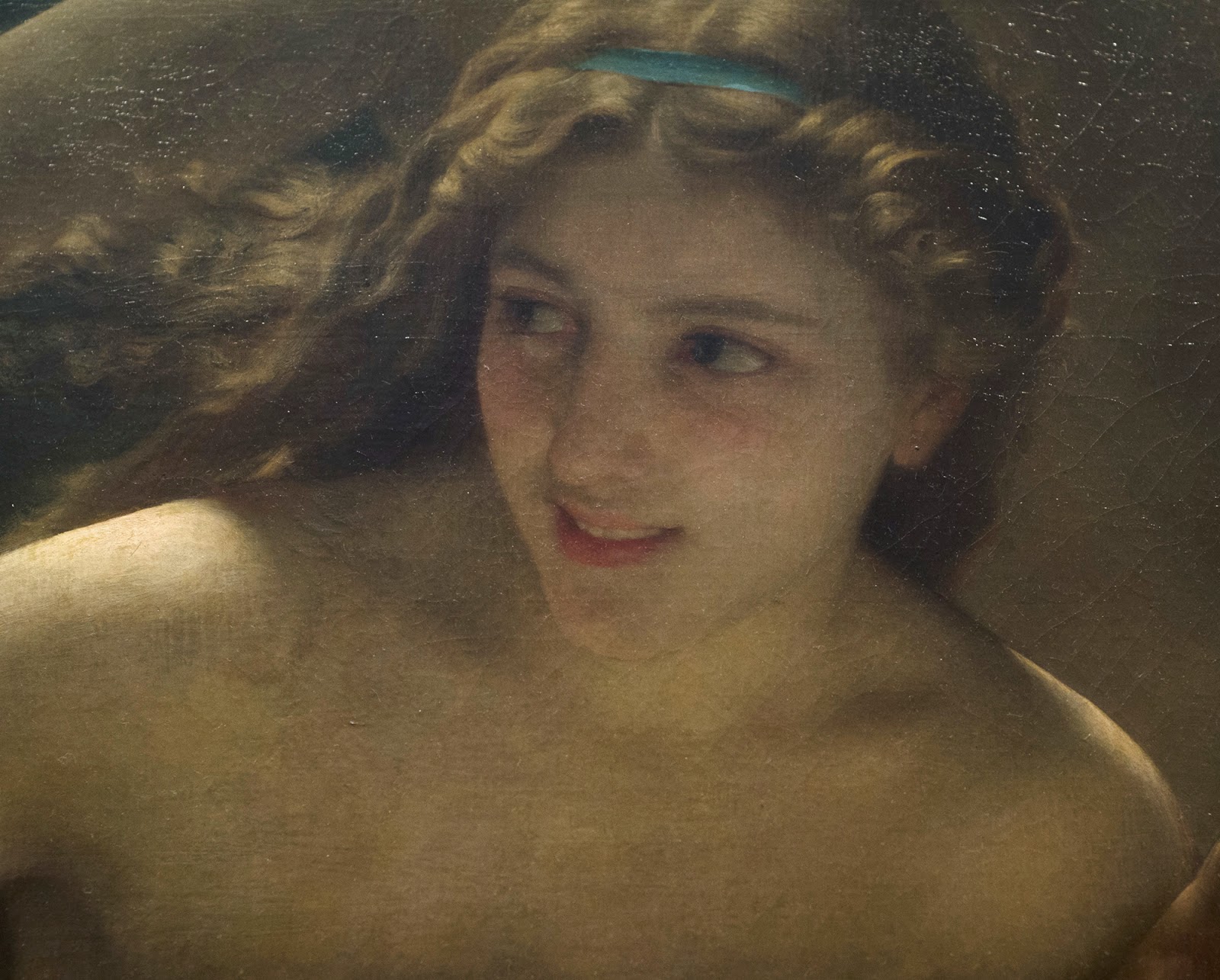

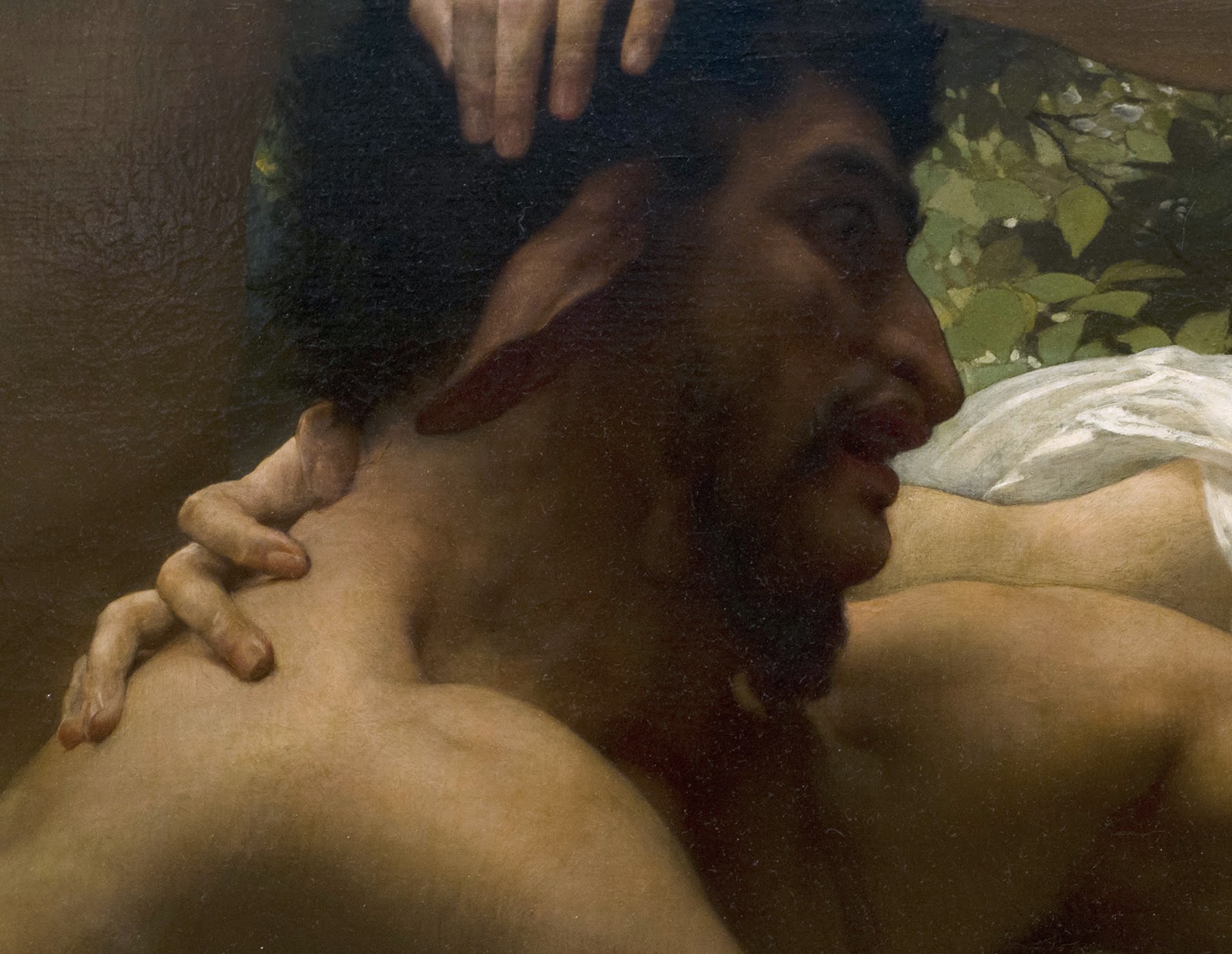
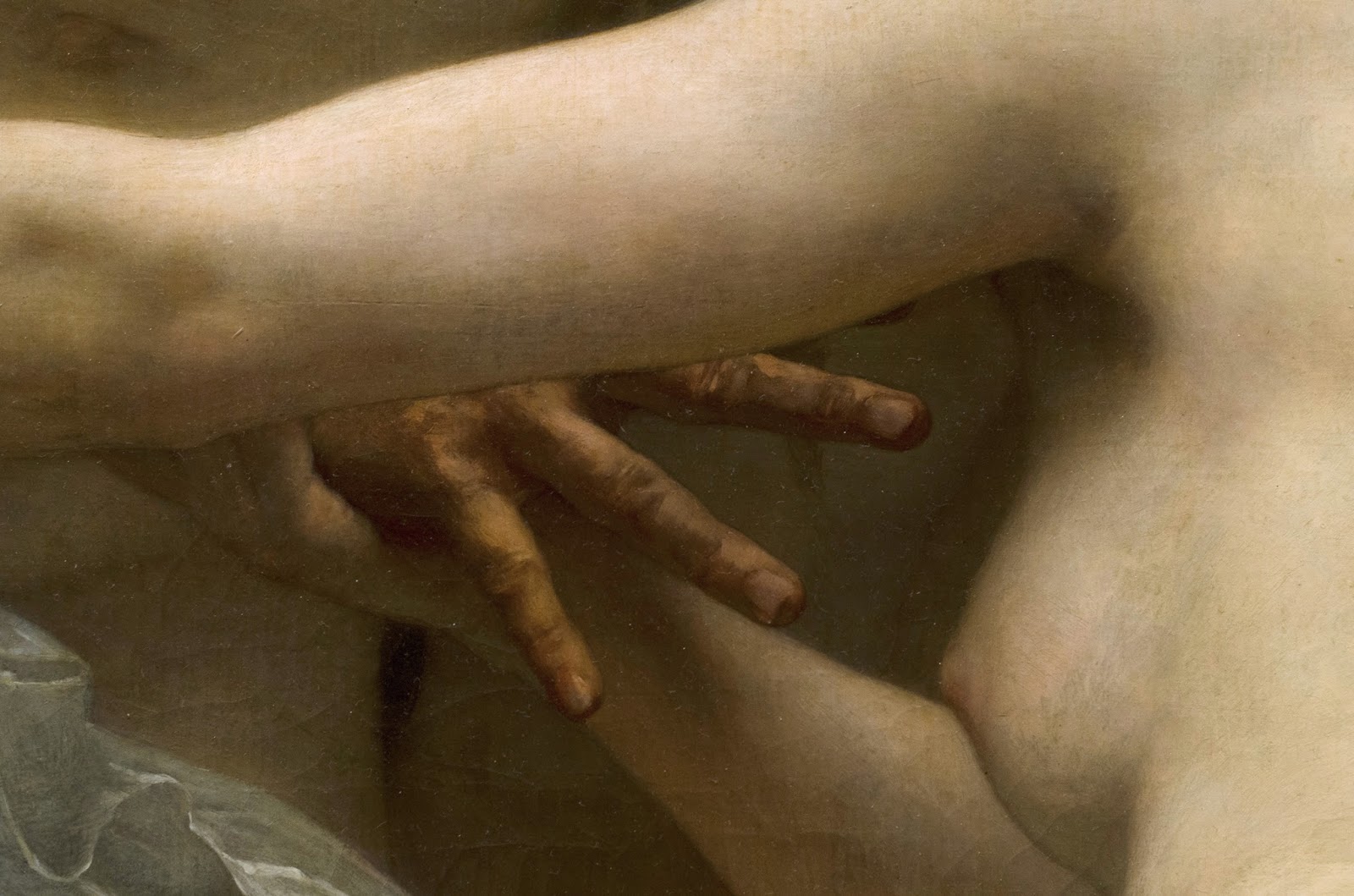
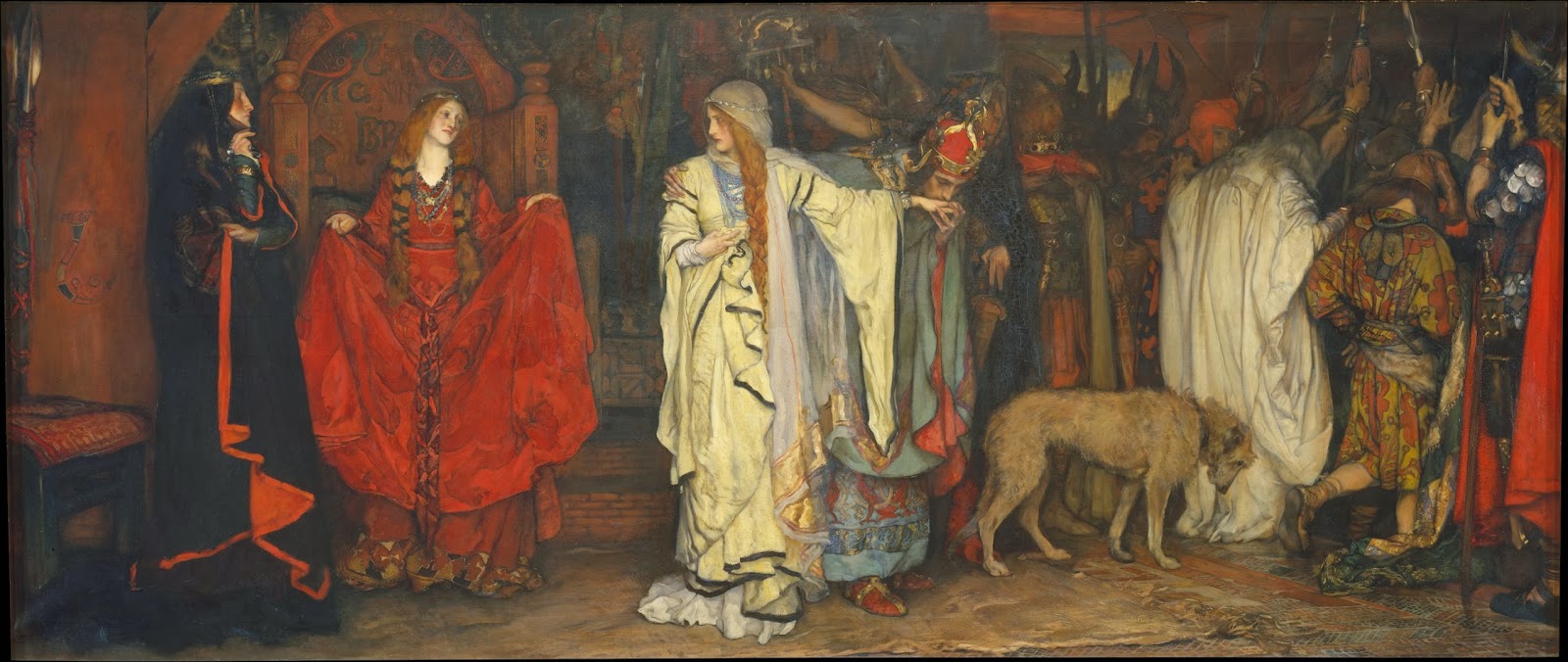
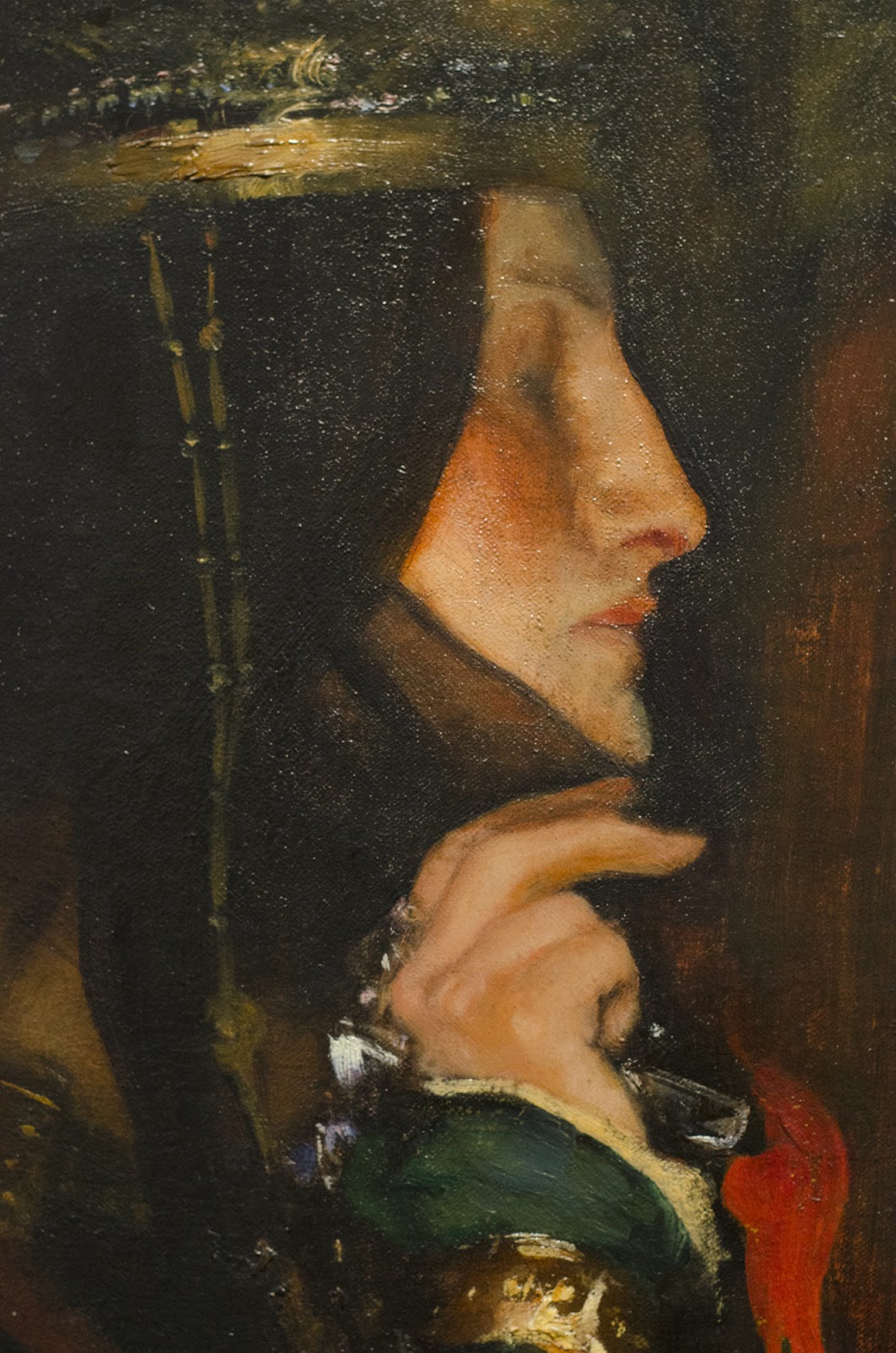
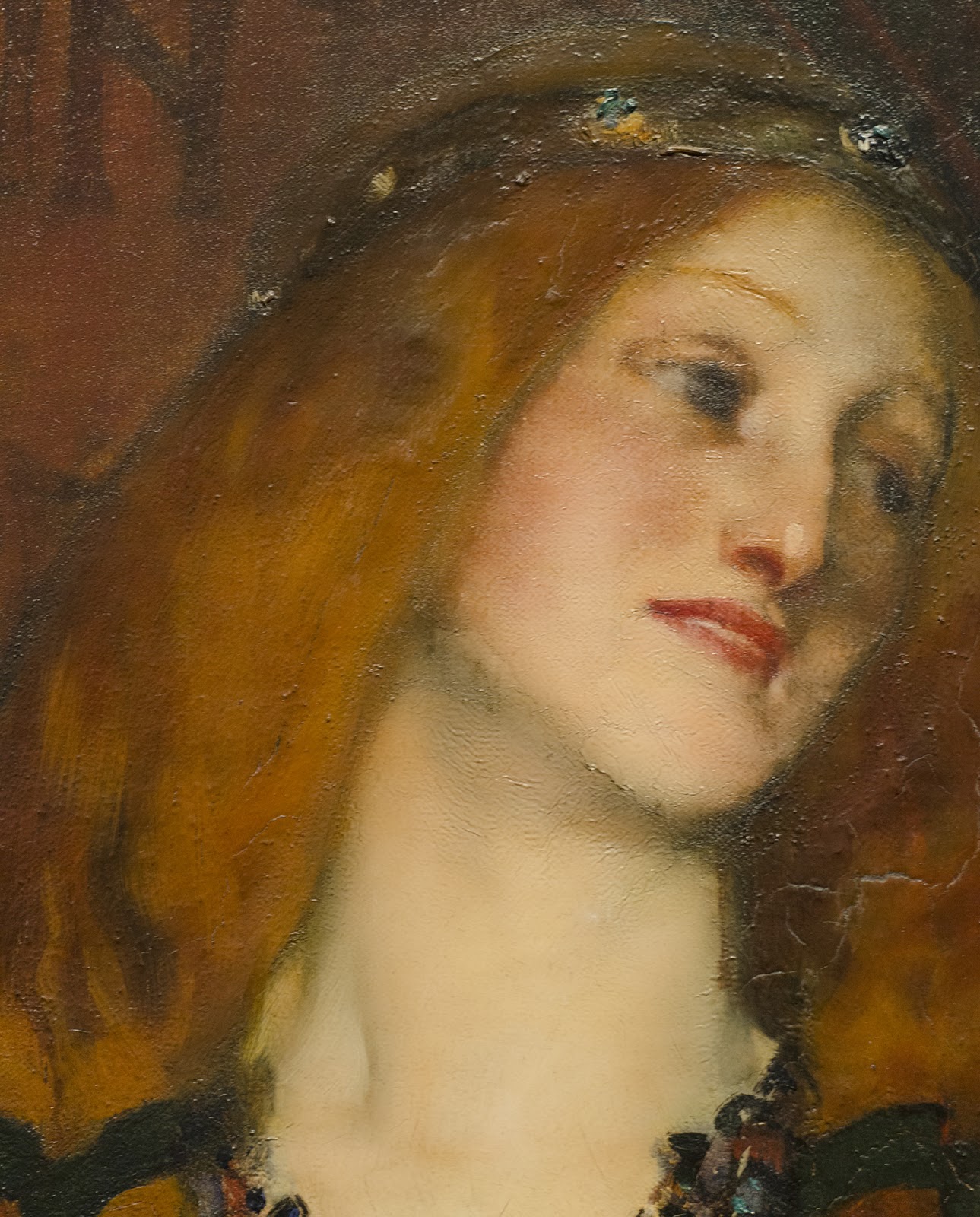
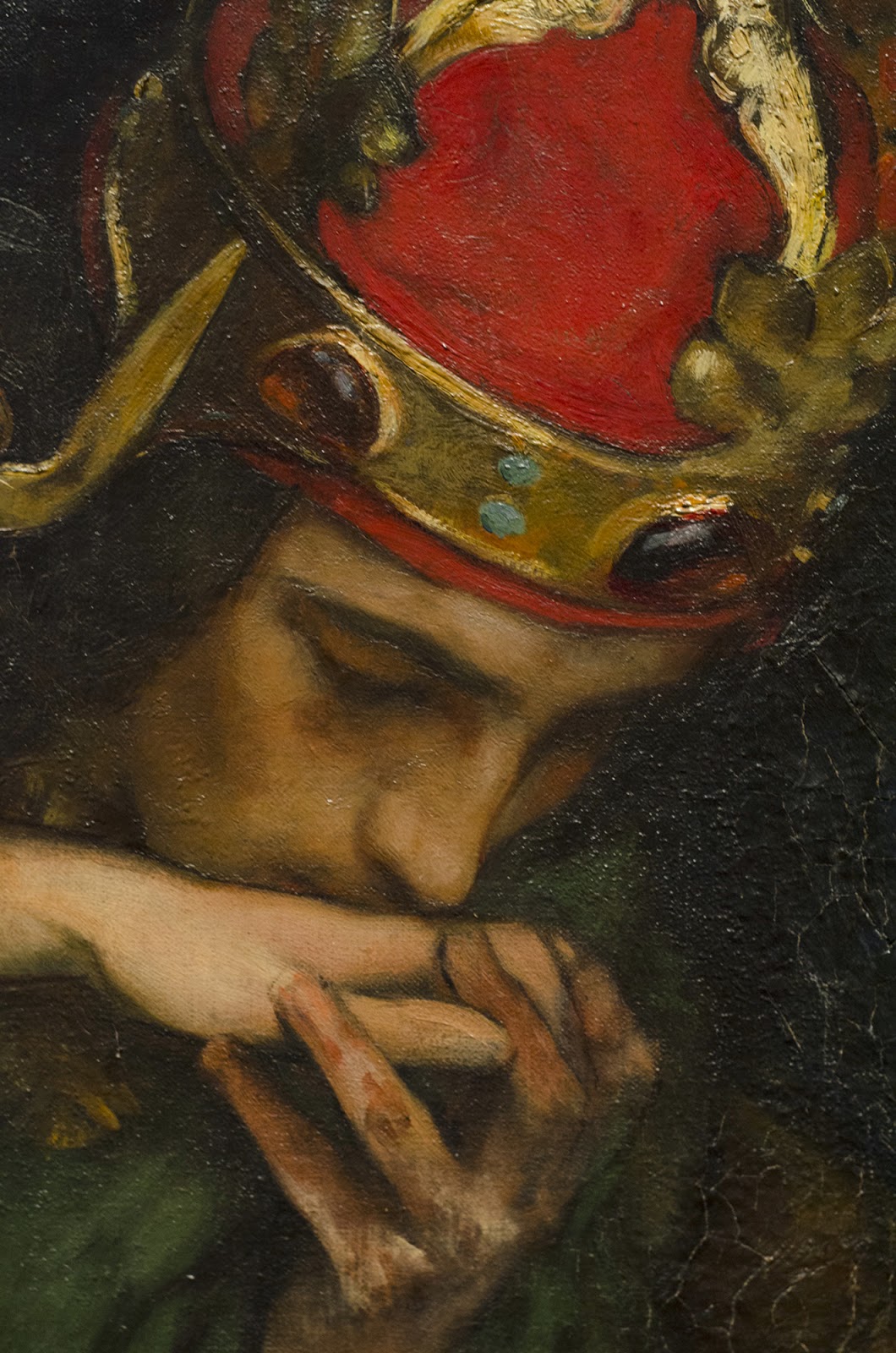
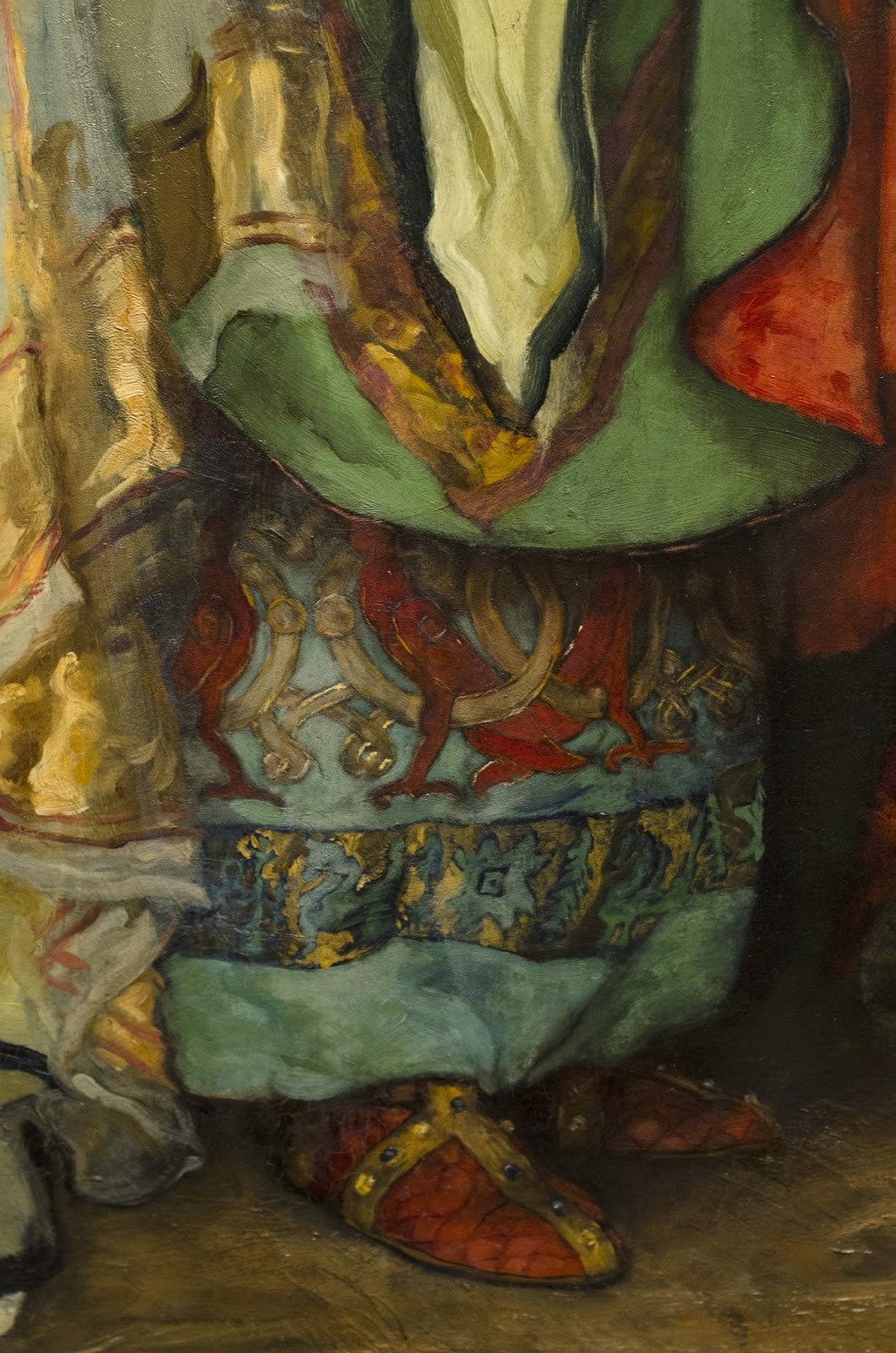
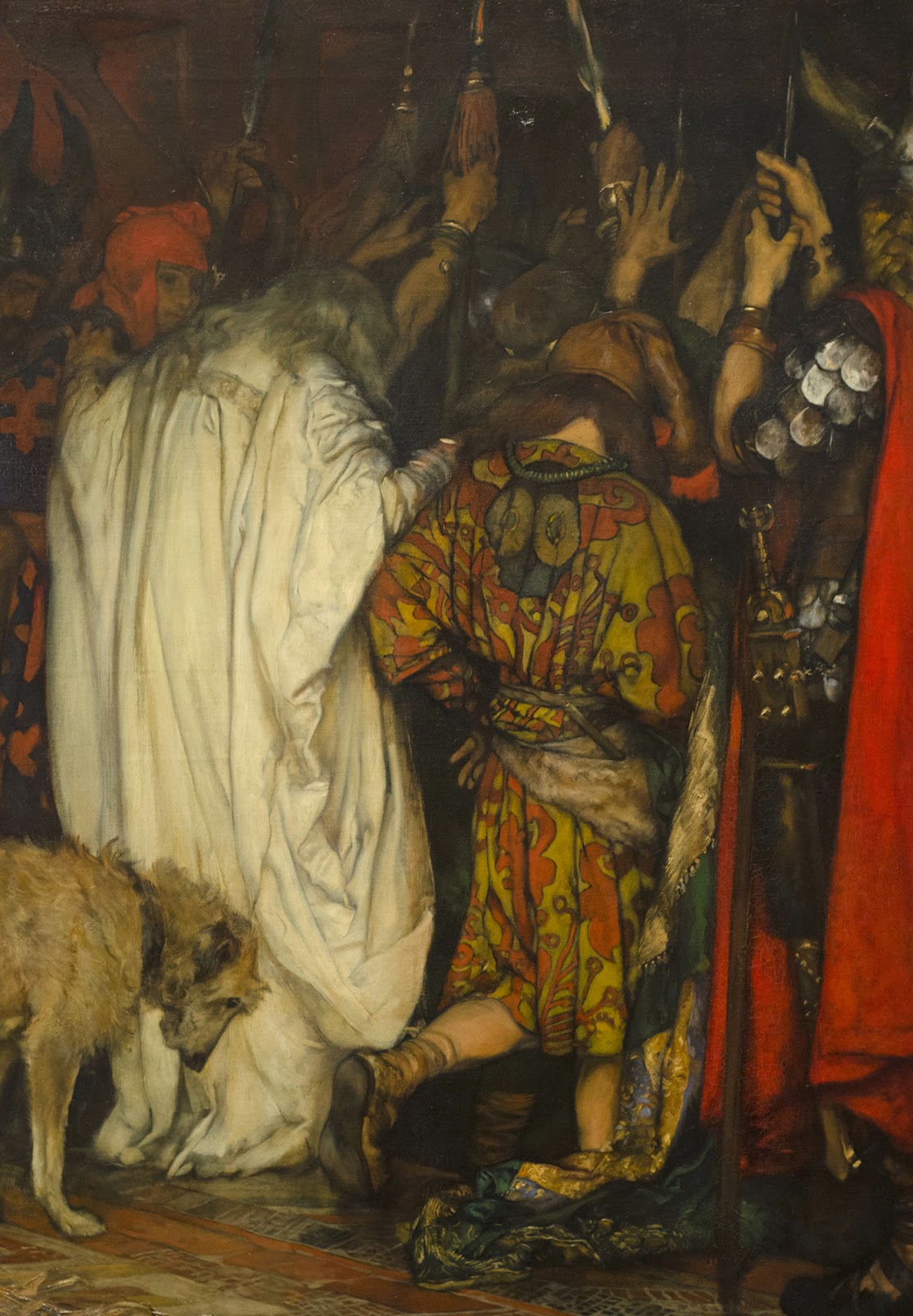

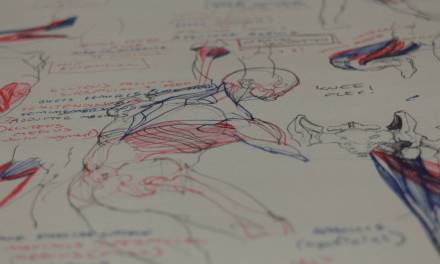
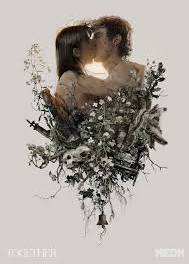
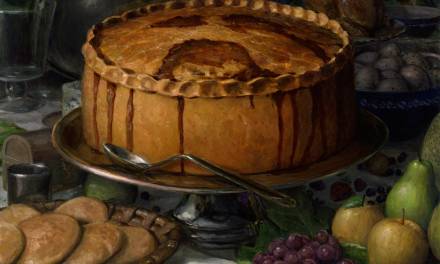
Beautiful, magnificent shots, Howard!
thanks for sharing!
You achieve so terrific pics, that even the “pro” photographs of the MET didn't allow to see so much
Thanks for the post Howard! I agree 100% on the art, especially on the Charles Bargue. That foot at 1″ is mindblowing!! After 20 years here in the city I wouldn't mind trading your culture for a season or two, and re-juice my love of landscapes 🙂
Howard, these are fantastic. I recall visiting NYC as a teenager and spending a day alone in the Met (then running across Central Park in the dark in a panic). It is an awesome place, and your insightful and detailed comments bring the magic to life. Thank you.
Great post as usual, Howard!
Thanks Ariel! It is fun to see the paintings really close up. Always good to see your name pop up. All the best!
Should you make it this way, let me know. I would be happy to drive around and show you some of my favorite spots in AZ. Oak Creek Canyon is a gem, up by Sedona. Lots of other neat places to get inspiration. Come on out!
Thanks Doug! What a great time that must have been. Nothing better than a whole day to explore in a museum. Thanks for the kind feedback!
Thanks Sam! Good to hear from you. I love seeing the work you post, more please. 🙂
I always enjoy seeing artists' posts about the Met because the choices of what to highlight are so varied. I've probably been 8 times but know I haven't seen it all. Might be always having to stop at certain pieces and time periods. Nice to see your choices Howard.
Bill, that is an interesting thought. It would be fun to send 10 artists through and have them all pick their top 10. I would be willing, I know, I know, to go back to the Met and be part of just such an experiment. 😉
Incredible pictures thanks for sharing!
You are welcome Daniel. Thanks for giving the article a read and for taking the time to reply!